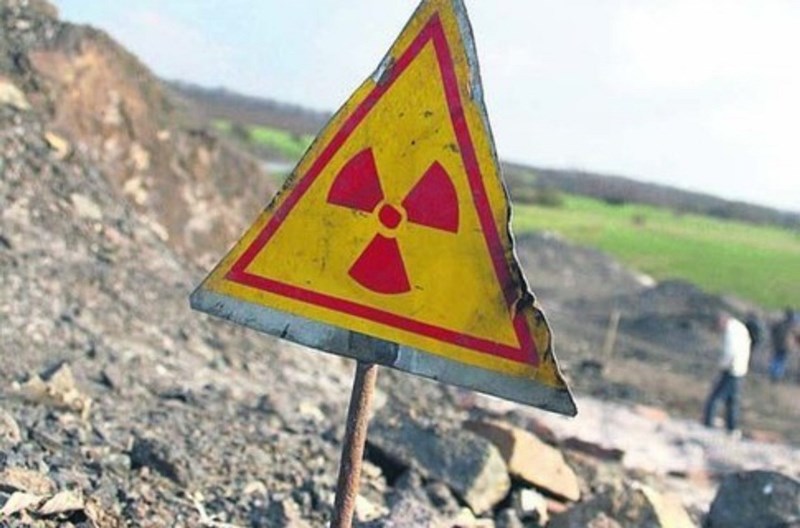Issues related to radioactive management safety in Tajikistan were discussed at a meeting of the CSI Economic Council that took place in Moscow on March 2.
The CIS Executive Committee press center says the meeting also discussed issues of removal of nuclear and radiation hazardous facilities from service.
Second Environmental Performance Review of Tajikistan released by the United Nations Econmic Commission for Europe in 2012, in particular, notes that waste storage remains one of the main problems of Tajikistan. Approximately 54.8 million tons of waste from past uranium mining operations are reportedly still located in unsecured sites in northern Tajikistan, a number of them close to Khujand, the country's second-largest city. The largest single dump site, containing some 12 million tons of radioactive waste, is in the town of Taboshar, north of Khujand.
The company Vostokredmet was established in 1945 in Leninabad (now Khujand) for processing uranium ore from Kyrgyzstan, Tajikistan and Uzbekistan. During the period of its operation, some 35,000 m3 of low-level radioactive waste was accumulated on its territory.
More than 50 million tons of radioactive waste is reportedly stored in 10 tailing dumps in the northern Sughd province.
In September 2017, the International Atomic Energy Agency (IAEA) and partners including the European Commission (EC) and the European Bank of Reconstruction and Development (EBRD) signed a joint commitment this week on coordinating efforts to achieve the safe and sustainable environmental remediation of Uranium Legacy Sites (ULS) in Central Asia.
Uranium mining and processing were prevalent in Central Asia from the mid-1940s to the 1990s, when planning for end-of-life management was not common. As a result, residues of radioactive and toxic contaminants pose ongoing threats to the health and the livelihood of people in the region, as do abandoned mines and processing infrastructure.







